4.8 /10 1 Votes
Created by Merv Griffin No. of episodes 3,559 Picture format PAL Program creator Merv Griffin Genre Game show | 4.7/10 IMDb Country of origin Denmark Original network TV2 (Denmark) First episode date 1988 Number of episodes 3,559 Production company Nordisk Film | |||||||||||||||||||||||||||||||||
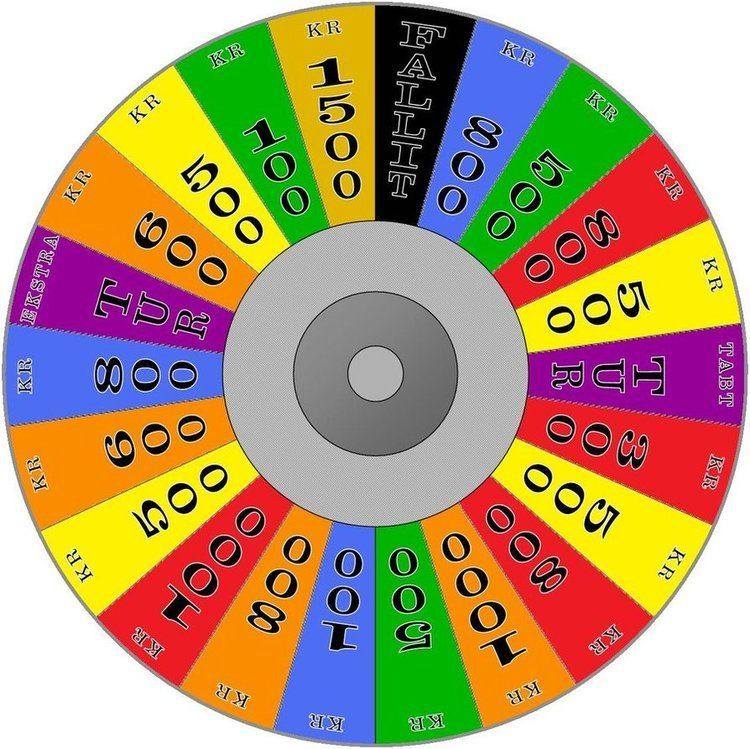 | ||||||||||||||||||||||||||||||||||
Starring Michael Meyerheim, host
(1988)
Pia Dresner, co-host
(1988)
Bengt Burg, host
(1989–1996 & 1997–2000)
Carine Jensen, co-host
(1989–1994)
Maria Hirse, co-host
(1995–2001)
Keld Heick, host
(1996–1997)
Lars Herlow, host
(2000–2001) Similar Wheel of Fortune, Game show, Wheel 2000, Koło Fortuny, Jeopardy! | ||||||||||||||||||||||||||||||||||
Lykkehjulet is the Danish version of the Wheel of Fortune television game show. Airing in 1988, the show was the first big American game show to be imported to Denmark and it was one of the first successes for Danish broadcaster TV2 when it became Denmark's second TV channel in 1988.
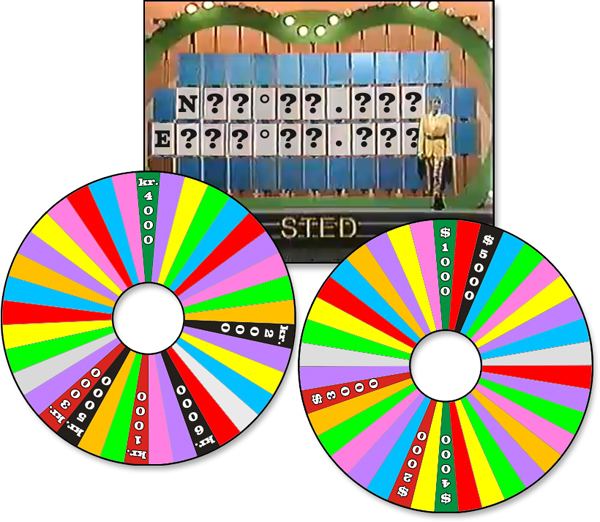
The show originally used the "shopping" format of the American program in which winnings were used to buy studios prizes, such as furniture, appliances, and trips. In later years the format was changed to reflect the American version of all-cash winnings. The host during the first season was Michael Meyerheim with Pia Dresner as the letter-turning co-host. Thereafter, the show was hosted by Bengt Burg from 1989 to 2000, with a short stint by Keld Heick during the 1996-1997 season. The final season in 2001 season was hosted by Lars Herlow. The letter-turning co-hosts were Carina Jensen (1989–1994) and Maria Hirse (1995–2001). The show's announcers during the run of the program were Ole Jacobsen, then Henrik Hannibal and later, Dennis Johannesson. The show ran for 3,599 episodes until it was cancelled in 2001 due to declining viewership and a failed attempt at modernizing the format in the final year.

(For details about how the game was played, see Wheel of Fortune.)
Unique to the Danish version
There were several details which were unique to the Danish version of Wheel of Fortune.
The opening theme to the program was an original composition composed by Jesper Ranum.
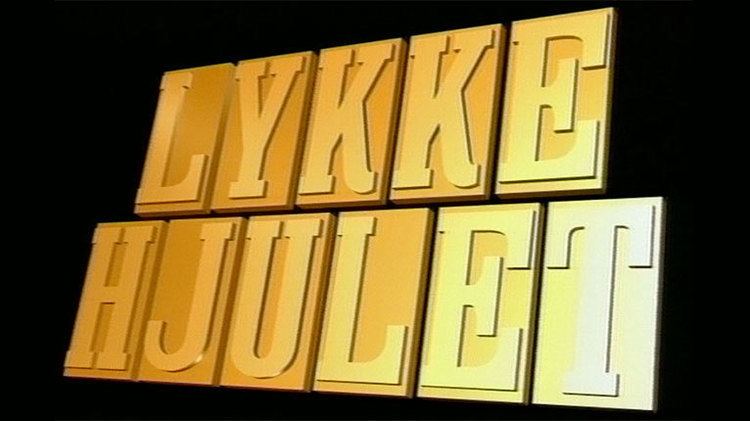
The multi-colored wheel had 22 wedges (each with 4 pegs) instead of the 24 wedges of the American show, and value amounts originally ranged from 100 to 1,500 kroner (2,500 in later rounds) to be used for shopping purposes. The podiums followed a blue-red-yellow pattern, as it did for several other foreign adaptions.
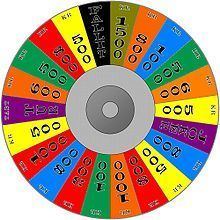
From 1990 to 1994, the top value was 3,000 kroner in every round. From 1994 to 1998, the top value was 3,000 kroner in Round 1 then KR5,000 from Round 2 onwards. From 1998 until the end of its run, the top value was 5,000 kroner in every round.
Vowels cost 500 Kroner and were to be purchased prior to spinning the wheel.
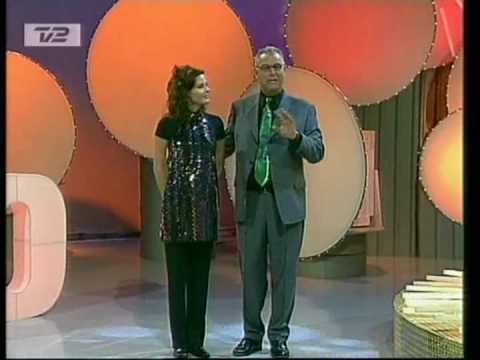
Known as an "Ekstra Tur," ("Joker" in 1988) it was originally conceived like the US Free Spin, where it was an entire wedge on the wheel, and multiple Free Spins could be won. It eventually became a single token placed on the wheel. After landing on the space with the token, the player automatically picked it up and called for a letter to win the hidden amount beneath the token (usually 600 Kroner).
The letters on the puzzleboard were the traditional trilon shape for the first twelve years of the program. In 2001, the puzzleboard was changed to an electronic form. The bell indicating a correct letter had a high D-note pitch to it (similar to the sound effect used on the American version when a bonus envelope is taken), while the horn for a wrong guess or a Tabt Tur (Lose A Turn) was borrowed from the US version of The Price is Right, and a downward whistle for "Fallit" (bankrupt) making a player lose all of their money and losing their turn.
2001 was also the first and only year the show introduced a video wall behind the contestants, but at that point, the puzzleboard still used trilons.
